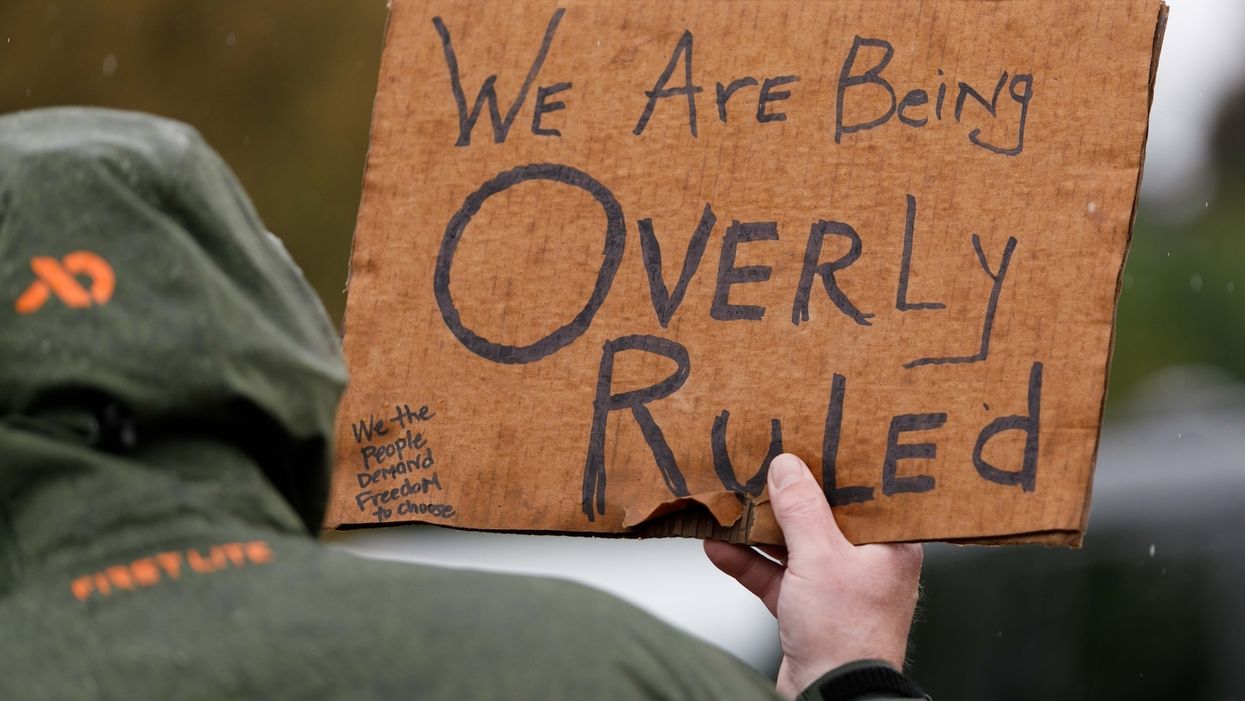
Demonstrators protest Oregon's economic-closure efforts on May 2 at the Capitol in Salem, Oregon. (Photo by John Rudoff/Anadolu Agency via Getty Images)

They won't release the specific findings yet
After Oregon State University conducted a study during which they tested more than 400 randomly selected households starting last month, officials concluded from those preliminary results that two people per 1,000 residents in Corvallis may have been infected with COVID-19, the Oregonian reported.
The university declined, however, to release the actual number of positive tests. Although the basic math would suggest that one out of the first 455 tests was positive, officials would not confirm to the Oregonian whether one person, or no one, tested positive from this first group, citing privacy concerns.
The estimated prevalence rate of two people per 1,000 was determined based on the test results, which have not been disclosed, and modeling. Although a positive test rate of 0.2% is quite low and might lead some to disregard current lockdown restrictions, Ben Dalziel, the professor leading the study, warned against that.
"It would be wrong to think, 'Oh, two in 1,000, let's reopen," Dalziel told the Oregonian. "That's just not the way folks should be thinking."
The researchers will continue to test several hundred residents per week to gain more data about the coronavirus in the area.
Oregonians have protested Gov. Kate Brown's stay-at-home orders, calling for the right to open businesses, gather in larger numbers, and get back to work. However, Oregon, like some other states, may remain at least somewhat restricted well into the fall.
Starting May 15, counties that show a decline in COVID-19 or have fewer than five hospitalizations; have sufficient testing and contact tracing capability; have isolation and quarantine plans for infected persons; and have the hospital capacity and sufficient personal protective equipment to deal with cases, they can apply to enter phase 1 of reopening.
In phase 1, restaurants and bars can offer sit-down service, barbershops and salons can open, and in-person gatherings of up to 25 people are allowed.
After 21 days without significant increase in cases or spread of the virus, counties can apply for phase 2 — the details of which are not yet published.
Gov. Brown has already announced that large gatherings including conventions, festivals, major concerts, and sporting events with fans will be canceled at least through the end of September, or until a vaccine or reliable treatment for COVID-19 is available.